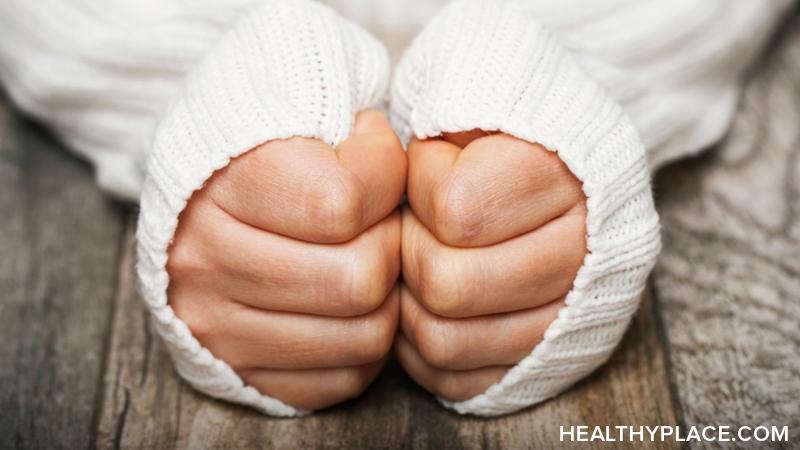A Way to Recognize Self-Harm Triggers and Stop Self-Injury

I have been in self-harm recovery for the past 10 years, but I didn't always know how to recognize self-harm triggers. When I was a teenager, I went to therapy to help me get over my self-harm addiction. One day, my therapist asked me “Why do you think you self-harm?” Until that moment I never really thought about the reasons behind why I self-harm. I always just thought it was the way I coped with different situations in my life. We started to brainstorm some situations, people, and events that trigger my self-harm urges. It’s beneficial to recognize self-harm triggers so you can find healthier coping skills to handle your stress.
What Is a Self-Harm Trigger?
A trigger is any act or event that serves as a stimulus and initiates a reaction or series of reactions. In relation to self-harm, a trigger is anything that gives you the urge to harm yourself. It could be a situation, a person, a smell, a sight, an emotion, etc. If you know how to recognize your self-harm triggers, you can prevent the behavior.
Why People Self-Harm
There are many reasons why someone could self-harm. People may self-harm because of an environmental factor like a death in the family, divorce, going off to school, etc. These stressors can lead to anxiety which can lead to greater stress. Psychological issues can also play a factor including depression, bipolar disorder, and eating disorders. There is not just one answer as to why someone self-harms. Everyone has different triggers that create an urge to self-harm.
Recognize Self-Harm Triggers by Documenting Relapses and Urges
One of the best ways to start figuring out your self-harm triggers is to document them in a log. After you have a relapse or when you start to feel the urge to harm yourself spend some time thinking about what just happened. Take out your self-harm log or document and write down these things:
- Where were you when you had this urge? Who was with you? What was being said?
- How were you feeling in that moment?
- How did you cope with the urge?
When you start logging every time you get an urge you start seeing patterns of things that trigger your self-harm urges. When you start to see these patterns you can find healthier ways to avoid and/or cope with them.
Want to learn more about self-harm coping skills? Check out Self-Talk is Crucial in Stopping Self-Harm, Self-Harm and Exercise: Get That Positive Energy Moving, and Healthy Alternatives for Self-Harmers: Books, Blogs, and the Big Screen.
Sources
- Dictionary.com "trigger"
- Why I Self-Harm: Why People Self-Injure
APA Reference
Schou , K.
(2017, October 17). A Way to Recognize Self-Harm Triggers and Stop Self-Injury, HealthyPlace. Retrieved
on 2025, December 5 from https://www.healthyplace.com/blogs/speakingoutaboutselfinjury/2017/10/ways-to-recognize-self-harm-triggers